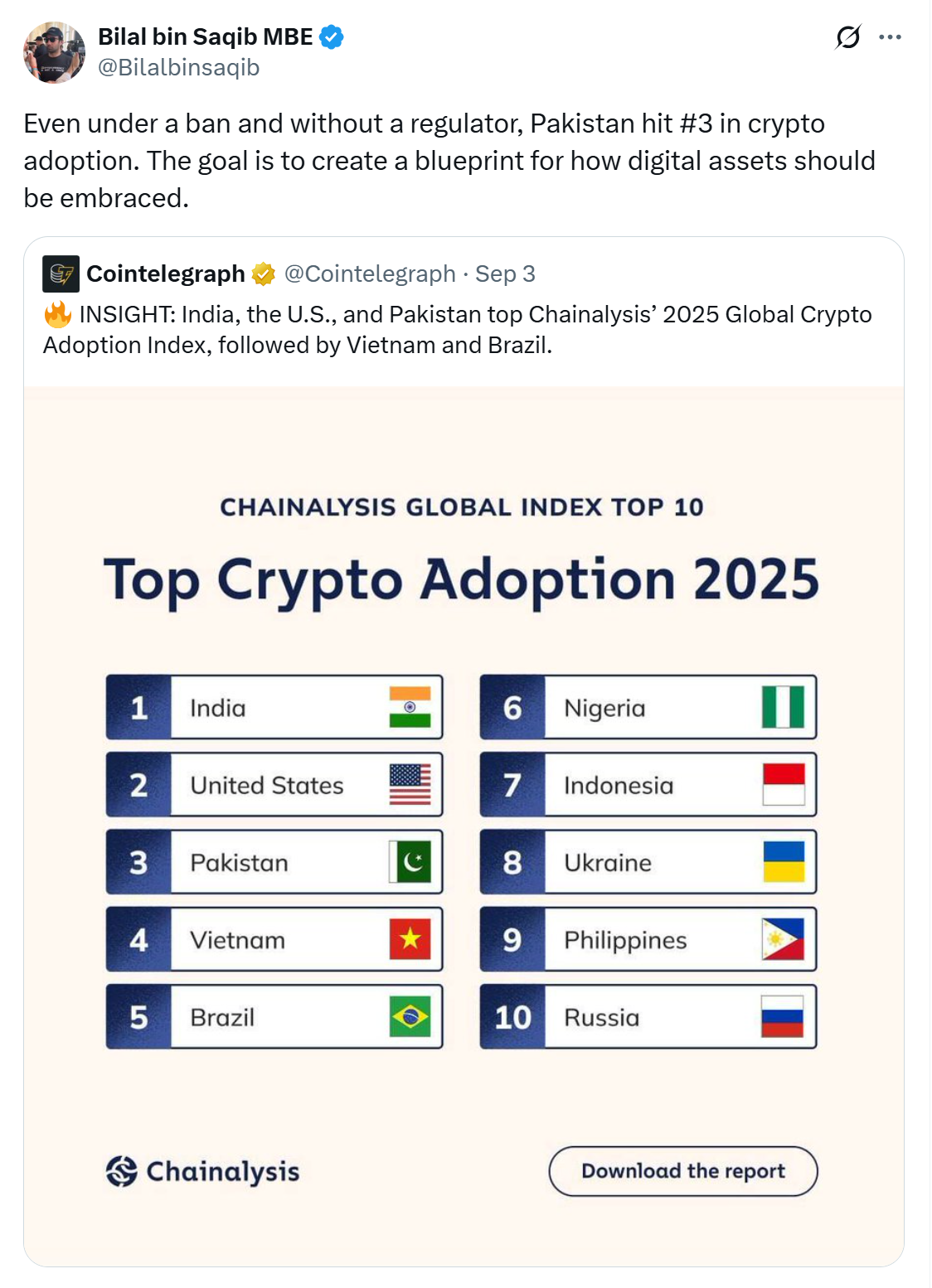Rupee-Backed Stablecoin: Pakistan Eyes $25B Crypto Growth
Background: Pakistan’s Push Toward Digital Currency
Pakistan is weighing the introduction of a rupee-backed stablecoin to tap into the rapidly expanding digital asset market. The initiative aims to boost the country’s economic growth, with experts at the Sustainable Development Policy Institute (SDPI) Conference estimating up to $25 billion in potential opportunities linked to crypto adoption. Zafar Masud, president of the Pakistan Banks Association (PBA), emphasized the critical need for timely regulation, stating that delays in digital asset policy could cause the nation to fall behind global competitors.
CBDC Prototype and Industry Developments
At the same conference, Faisal Mazhar, Deputy Director of Payments at the State Bank of Pakistan, revealed ongoing work on a Central Bank Digital Currency (CBDC) prototype. According to Mazhar, this project is being developed with support from the World Bank and the International Monetary Fund (IMF), and is scheduled for a pilot phase before its planned national rollout. “A CBDC can increase financial inclusion and reduce remittance costs,” Masud explained, referencing the benefits noted in other countries with similar initiatives, according to Cointelegraph.
In parallel, private sector players are also advancing the stablecoin agenda. ZAR, a fintech startup, recently raised $12.9 million in a funding round led by Andreessen Horowitz, attracting investors such as Dragonfly Capital, VanEck Ventures, Coinbase Ventures, and Endeavor Catalyst. ZAR’s project focuses on providing stablecoin services targeted at the more than 100 million unbanked adults in Pakistan and similar emerging markets.
PVARA and Regulatory Landscape
Pakistan’s evolving approach to digital assets is reflected in its regulatory reforms. In September, officials opened the market to international crypto exchanges and Virtual Asset Service Providers (VASPs) by inviting applications under a new federal framework. This initiative is overseen by the Pakistan Virtual Asset Regulatory Authority (PVARA), established through the Virtual Assets Ordinance 2025. PVARA’s mandate includes licensing, supervision, and regulation of VASPs within the country. The authority has called on leading crypto firms to submit Expressions of Interest as part of efforts to shape future policy and industry standards.
These regulatory advances coincide with Pakistan’s emergence as a significant player in global crypto adoption. According to Chainalysis’ 2025 Global Crypto Adoption Index, Pakistan now ranks third worldwide, underlining rapid expansion in the sector.

Market Outlook and Next Steps
The government’s consideration of a rupee-backed stablecoin and its ongoing CBDC trial reflect a strategic effort to modernize Pakistan’s financial ecosystem and attract investment. Experts argue that accelerating regulation and innovation is crucial to capturing the estimated $20–$25 billion in crypto-related economic potential. With millions of adults currently underserved by traditional banking, these digital initiatives could drive broader financial inclusion and position Pakistan as a key market in the global stablecoin economy.
As developments proceed, the effectiveness of Pakistan’s regulatory framework and the success of its pilot digital currency program will likely determine the country’s future role in the international cryptocurrency landscape. For more coverage on digital currencies and market trends, visit Vizi Cryptocurrency section.
Sources
Reporting via Cointelegraph



















